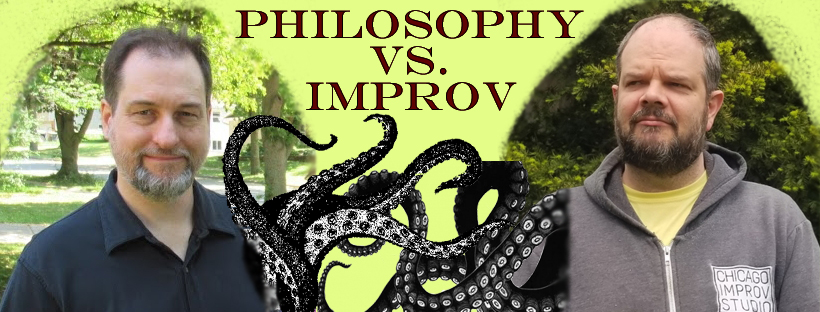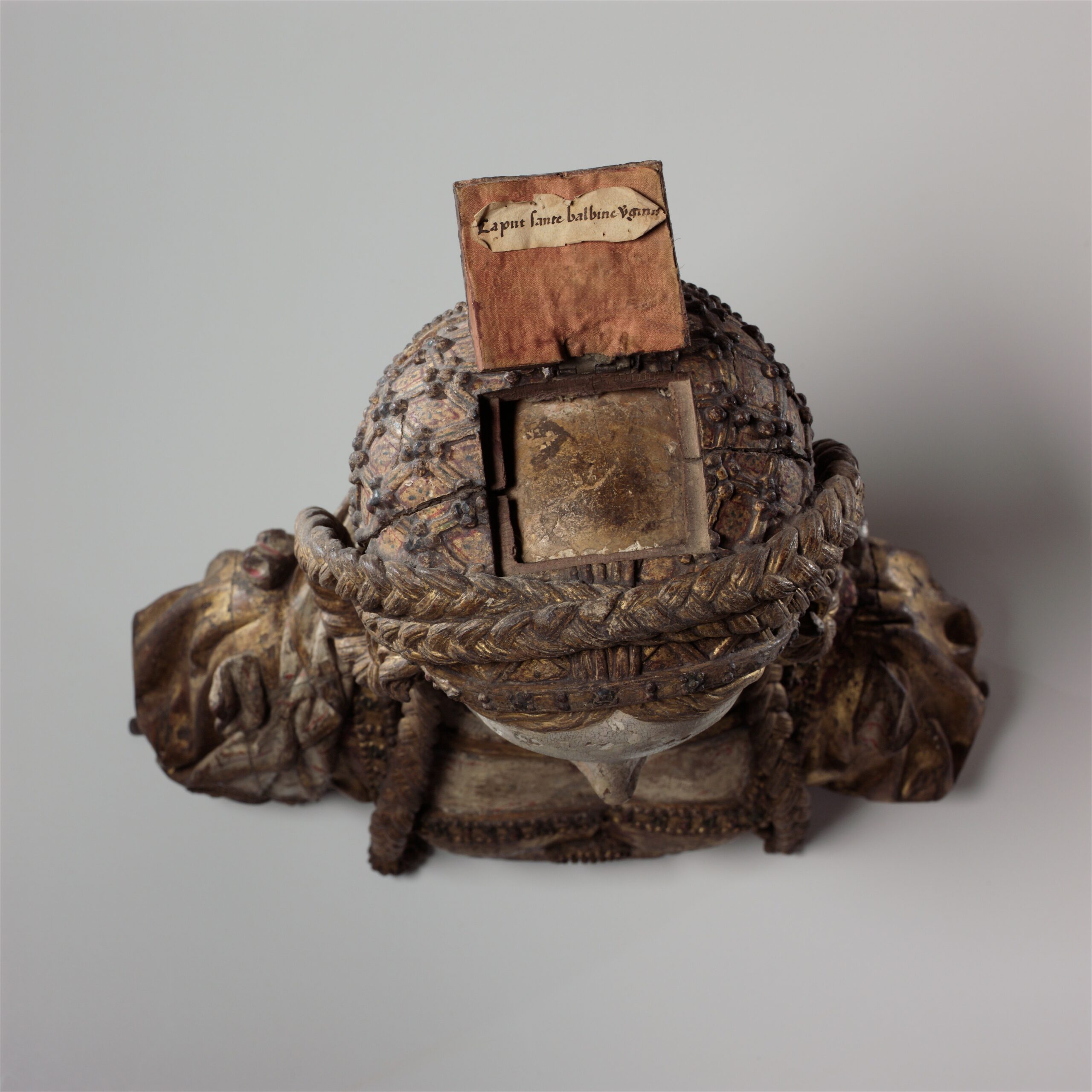From Frog to Prince: We will always love your music and you. Our hearts are yours. Thanks for being a friend.
– Kermit the Frog, April 21, 2016
There was a time when sharing the screen with the Muppets was the ultimate celebrity status symbol.
Prince never appeared on The Muppet Show – 1999, the 1982 album that made him a household name, was released the year after the series concluded its run — but he got his chance fifteen years later, with an appearance on the shorter lived Muppets Tonight.
In a tribute written shortly after Prince’s death, Muppets Tonight writer Kirk Thatcher recalled:
We were very excited that Prince had agreed to do our Muppet comedy and variety show but had been told by his managers and support staff before we met with him that we must never look at him directly or call him anything but, “The Artist” or just, “Artist”. As the writers of the show, we were wondering how we were going to work or collaborate with someone you can’t even look at, especially while trying to create comedy with puppets!
His staff sent an advance team to make sure the working environment would be to his liking, special food and drink was laid in at his request, and the scripts of sketches that had been written for him were sent ahead for his approval.
The Muppets’ crew grew even more nervous when Prince asked for a meeting the night before the scheduled shoot day. Thatcher had “visions of him trashing everything and forcing us to start over,” adding that it would not have been the first time a guest star would have insisted on a total overhaul at zero hour.
Instead of the monster they’d been bracing for, Prince — who Thatcher described as “only half again bigger than most of the Muppets” — proved a game if somewhat “bemused” and “quiet” collaborator:
He had fun additions and improvs and loved playing and ad-libbing with the puppets and was very easy to talk to and work with. The whole situation with his advance team and management reminded me of the relationship I had created between Kermit and Sam the Eagle in Muppet Treasure Island. Sam had convinced everyone that Kermit, playing Captain Smollet, was a furious and angry tyrant, beset by inner demons and outer tirades. But when we meet him, he was just good, old, sweet-natured Kermit the Frog… just in a captains outfit. The same for Prince. He was just a nice, fun, creative guy who had built this persona around himself, and had a team there to reinforce it, probably to protect his art, his personal life and even his sanity.
The episode riffed on his established image, shoehorning Muppets into a “leather and lace” look that Prince himself had moved on from, and cracking jokes related to the unpronounceable “Love Symbol” to which he’d changed his name four years earlier.
Naturally, they plumbed his catalogue for musical numbers, having particular fun with “Starfish and Coffee,” which features a proto-Prince Muppet and an alternate origin story.
(The actual origin story is pretty great, and provides another tiny glimpse of this mysterious artist’s true nature.)
The show also afforded Prince the opportunity to chart some unexpected territory with Hoo Haw, a spoof of the countrified TV variety show Hee Haw.
If you’ve ever wondered how The Purple One would look in overalls and a plaid button down, here’s your chance to find out.
Related Content:
Prince’s First Television Interview (1985)
Ayun Halliday is an author, illustrator, theater maker and Chief Primatologist of the East Village Inky zine. Follow her @AyunHalliday.






